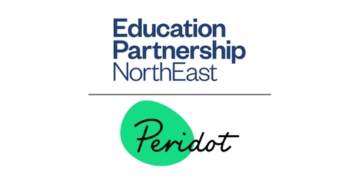More than a dozen apprentice chefs were left stranded with their independent learning provider apparently having gone to the wall.
The Restaurant Academy, in Plymouth, closed suddenly on Friday, January 17, after just three months of operation.
It is understood that a notice was placed in the door last week. It stated that the restaurant was closed, with apologies for “any inconvenience caused”.
Parent company, independent learning provider Synergy Training South West, is reported by the Companies Check website to be meeting with creditors.
The Skills Funding Agency and City College Plymouth (pictured), which has its own training restaurant, are attempting to contact the 17 affected learners to continue their training. At least five of the apprentices have been contacted by City College Plymouth.
The firm was a subcontractor of K College and Sussex Coast College Hastings. As of November it had contracts worth £55k and £354k with the colleges, respectively.
A K College spokesperson said: “We subcontract a small amount of course delivery to Synergy — of the 17 apprentices affected by the restaurant closure, only two are K College students.
“Since the restaurant closed we’ve spoken directly to our apprentices, the SFA and City College Plymouth to secure and protect our learners and help them to complete their qualifications.”
Sharron Robbie, head of corporate relations at Plymouth, said: “Some of the apprentices are coming into the college to meet with us so we can see where they are in the grand scheme of things, because obviously we don’t know how far they had got with their courses.
“The SFA is also involved and I think there will soon be a more structured plan to make sure they all gain an equal advantage.
“For us it was really important that the young people in the city knew they had options available to them.”
An SFA spokesperson said: “Our priority is to ensure that all the apprentices are able to continue their learning with minimal disruption.
“We working with the lead provider to ensure that the apprentices are able to transfer to alternative providers, as quickly as possible, so that they can continue their apprenticeships.”
The Restaurant Academy training centre received an £80,000 investment from Gavin Jones, the chief executive of Synergy Training South West, according to local press reports.
A Sussex Coast College Hastings spokesman said: “We are working closely with learners and employers affected by this closure and want to assure those that we intend to do what we can to support them.
“We would also like to thank City College Plymouth and the SFA for their continued support at this time.”
FE Week was unable to contact Synergy Training South West.
Apprentices affected should contact Sharron Robbie at City College Plymouth by email at srobbie@cityplym.ac.uk or by phoning 01752 305896



